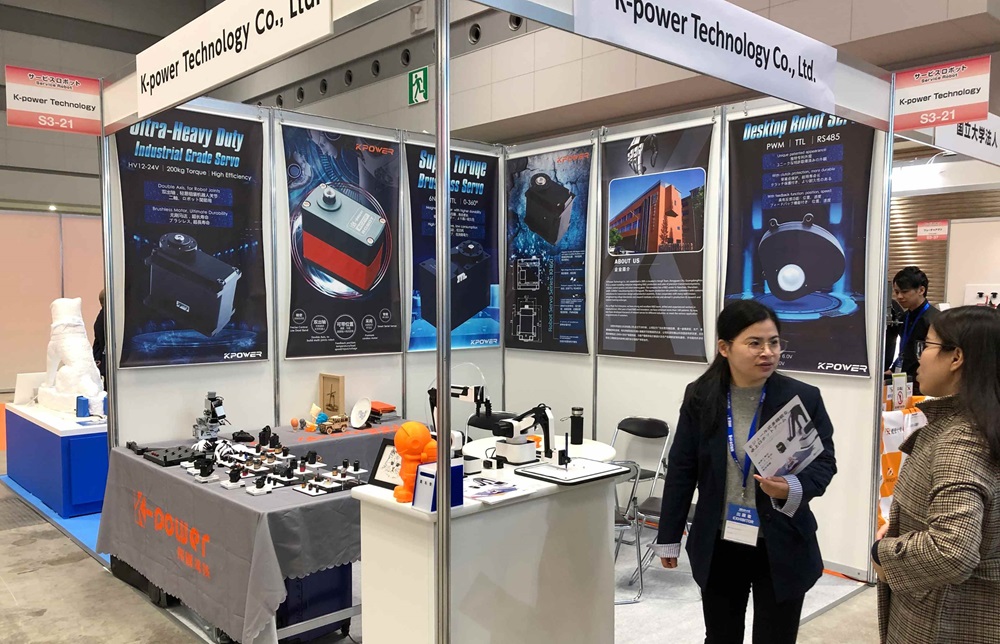Ever wonder how small pieces of a big system come together to make something seamless? That’s what microservices are all about—breaking down complex applications into manageable chunks. For those just dipping their toes into the waters of modern app development, a “microservice for beginners” can seem overwhelming at first. But it’s actually pretty straightforward once you get the hang of it. Let’s walk through a simple example that might sound familiar—think of it as building your own tiny empire, one service at a time.

Imagine you’re creating an online bookstore. Instead of one gigantic app doing everything from browsing books to handling payments, you split it into bite-sized microservices. You might have one for user authentication, another for catalog management, one for shopping cart, and another for checkout and payments. Each tiny service is independently deployable—like a little shop that only does one thing really well. What’s cool? You can upgrade the payment service without messing up the catalog or the user login. It’s modular, flexible, and way easier to troubleshoot.
For beginners, the key is understanding how these chunks communicate. Typically, they talk via APIs—think of it as passing notes or messages back and forth. Each microservice has its own database, meaning changes in one don’t directly impact others. That’s a boon for scaling; if traffic spikes on the checkout, you can just boost that microservice without overloading the entire system.
So how does this translate into real-world use? Picture developing a small app. You start with a simple login service. Then, add a product catalog microservice, which handles all product info. As user traffic grows, you notice your payment process slowing down. Instead of tackling everything at once, you can focus on improving the payment microservice—adding better security, faster processing—again, without touching the rest.
A common question might be, “Isn’t managing multiple microservices complicated?” Absolutely—it’s a different way of thinking. You’ll need robust orchestration tools, like containers and orchestration platforms, to keep everything humming smoothly. But the pay-off? Faster updates, better fault isolation, and easily adaptable architectures.
Thinking about scalability, imagine your bookstore suddenly becomes popular. Instead of upgrading the entire system, you add more instances of the shopping cart microservice—reducing wait times for customers. That kind of flexibility keeps businesses agile, even during explosive growth.
And what about actual implementation? Diving into microservices isn’t as daunting as it sounds. Start small. Pick one core feature, turn it into a mini-service, then build outward. With proper APIs and clear boundaries, it’s like building with LEGO blocks—one piece at a time, creating something much more intricate and resilient than a monolithic app.
Questions often pop up—like, “Do I really need microservices for a small project?” Maybe not. But even a modest project can benefit from the modular approach, making future scaling or customization a breeze. Think of it as planting seeds—you start small, but with the right care, you can grow an entire garden.
When someone is ready to jump in, it’s good to remember that microservices aren’t a silver bullet. They require discipline, good design, and continuous management. But for beginners, taking that first step isn’t scary—just start with one service, understand how it interacts, and see how powerful this approach can be.
Building with microservices is like crafting a custom car—you pick each component for the best performance, rather than settling for a one-size-fits-all solution. It’s a mindset shift, one that rewards patience and curiosity. So, if you’re eager to make your applications more adaptable, this is definitely worth exploring. Success often comes from those small, smart steps—one microservice at a time.
Established in 2005, Kpower has been dedicated to a professional compact motion unit manufacturer, headquartered in Dongguan, Guangdong Province, China. Leveraging innovations in modular drive technology, Kpower integrates high-performance motors, precision reducers, and multi-protocol control systems to provide efficient and customized smart drive system solutions. Kpower has delivered professional drive system solutions to over 500 enterprise clients globally with products covering various fields such as Smart Home Systems, Automatic Electronics, Robotics, Precision Agriculture, Drones, and Industrial Automation.




































